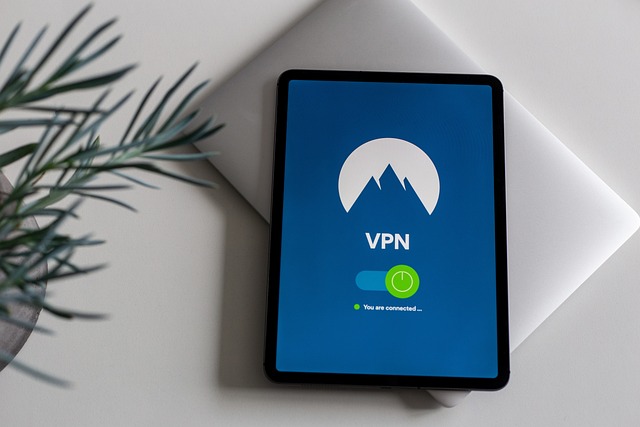Practical steps to harden smartphones against network-based attacks
Smartphone users and administrators can reduce risk from network-based attacks by applying layered controls and following operational best practices. Hardening focuses on limiting network exposure, enforcing strong authentication, keeping software and firmware current, and applying strict permission and endpoint controls. This article outlines practical, defensible steps that work for individuals and organizations to improve resilience against interception, credential theft, and remote exploits.

How to secure smartphone network access
Limit network exposure by configuring Wi‑Fi and cellular settings deliberately. Disable automatic connections to open networks and prefer known SSIDs with WPA3 or WPA2 Enterprise where available. Use mobile carrier protections such as DNS over HTTPS or TLS when supported. For corporate devices, enforce network access control policies and segment device traffic from sensitive backends. Treat Bluetooth and NFC similarly—turn them off when not in use. These measures reduce opportunities for network-level reconnaissance, man-in-the-middle interception, and unauthorized access to device services.
What role does encryption play
Encryption protects data in transit and at rest. Enable device full-disk encryption (most modern mobile OSes enable this by default), and prefer apps that use end-to-end encryption for messaging and file sync. Use TLS for all network communications and validate certificates; avoid bypassing warnings about invalid certificates. When handling sensitive enterprise data, combine encryption with secure key management and hardware-backed keystores. Strong encryption reduces the value of intercepted traffic and complicates remote exploitation that relies on accessing plaintext data from captured packets or stolen storage.
How to strengthen authentication
Use multi-factor authentication (MFA) wherever possible, combining something you know (PIN/password) with something you have (hardware token) or something you are (biometrics). Prefer passcodes over simple patterns and enable device lockouts after repeated failures. Leverage platform features such as hardware-backed biometric authentication and secure enclave or keystore for storing credentials. For enterprise scenarios, apply conditional access policies that require device health checks and compliance signals before granting access to corporate resources, reducing the impact of credential theft from network-based attacks.
How to mitigate phishing and network threats
Phishing often initiates network-based compromise by tricking users into giving credentials or installing malicious profiles. Train users to inspect URLs, verify sender addresses, and avoid granting permissions to unknown apps or configuration profiles. Restrict sideloading of apps and use app store vetting or managed app catalogs. Deploy email filters and DNS protections to block known phishing hosts. Combine these controls with endpoint telemetry and sandboxing to detect anomalous app behavior that may indicate a network-delivered exploit or data exfiltration attempt.
Should you use a VPN and telemetry controls
A VPN can protect traffic on untrusted networks by encrypting the link between device and trusted gateway, but it is not a silver bullet. Use reputable VPN services or corporate VPN concentrators and validate server certificates. Limit VPN split tunneling unless required and monitored. Telemetry and endpoint monitoring help detect suspicious network activity and facilitate remediation; balance telemetry collection with user privacy and compliance requirements. Use sandboxing and app-level network restrictions to limit which apps can access enterprise resources, and log network events for incident analysis.
How to manage updates, firmware, and permissions
Keep the OS, apps, and modem/firmware updated to receive security patches that close remote exploit paths. Apply updates through trusted channels and validate update integrity. Enforce strict app permissions—grant only the network, location, and sensor access that an app needs. Use mobile device management (MDM) or unified endpoint management (UEM) to control permissions, deploy firmware updates, and automate compliance checks. Establish remediation workflows for compromised devices: isolate network access, collect telemetry, perform forensic checks, and reimage if necessary.
Devices hardened with these steps form part of a broader defense-in-depth posture that includes policy, user training, and continuous monitoring. Combining encryption, strong authentication, careful permission management, timely updates, and network hygiene reduces the attack surface and improves the ability to detect and remediate incidents. Organizations should align mobile controls with broader compliance requirements and adapt them to changing threat patterns while preserving user privacy.





